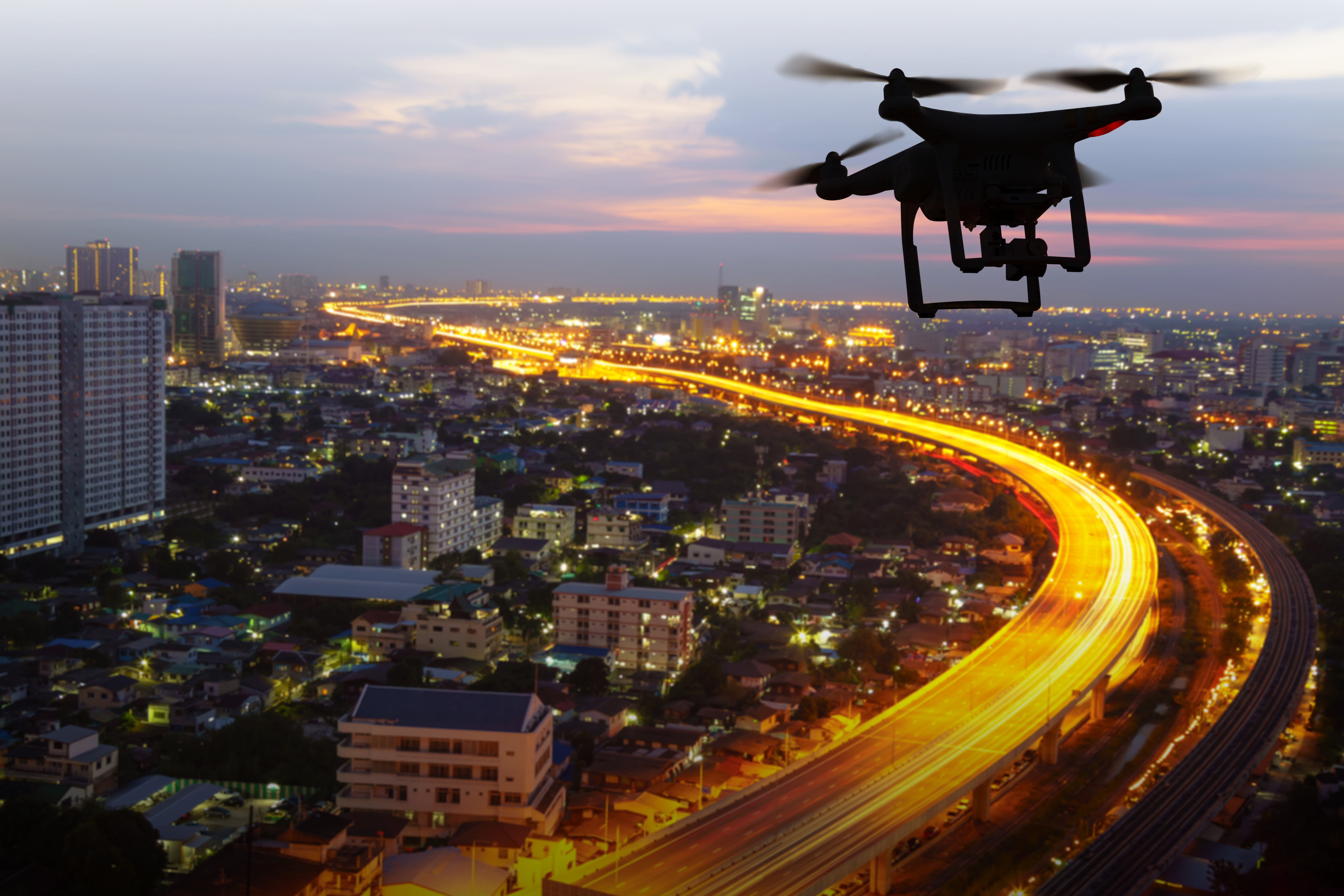Goods are primarily transported by road, rail and ship in the form of containers. Individual packages are then delivered to the end customer from logistics or distribution centers. This is often realized with small vans, although traffic jams and slow-moving traffic make on-time delivery difficult. Growing online trade and the associated increase in the volume of parcels is causing the demand for transport capacities to rise in parallel. The use of drones (Unmanned Aerial Vehicles, UAV) opens up new possibilities in the field of urban logistics, e.g. for time-critical goods such as medicines. The use of UAVs in the airspace above cities could ease the burden on road-based parcel logistics and expand capacities. In addition, parcels can also be delivered by UAVs in sparsely populated or isolated locations. By means of hybrid positioning, i.e. the combination of different sensors and technologies for determining position, 5G can be used with GNSS, optical systems and inertial sensor technology. Relative D2D positioning with 5G can add value to the flying of several UAVs in a swarm, as it allows larger volumes of goods to be transported in one process.
